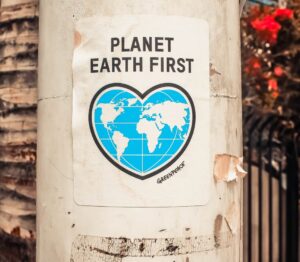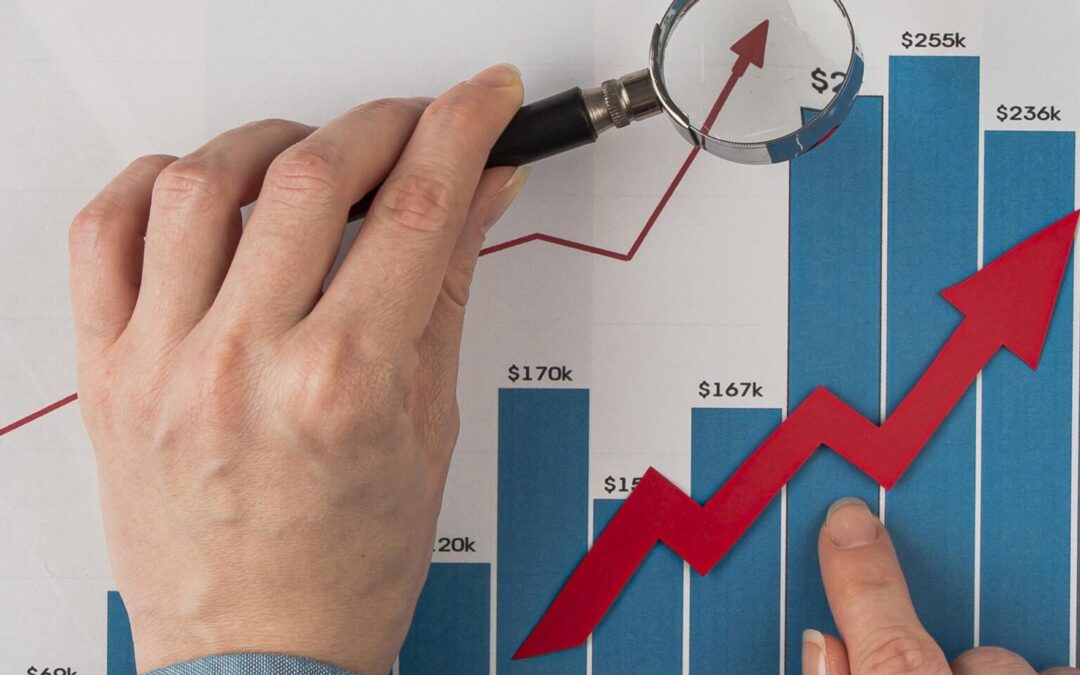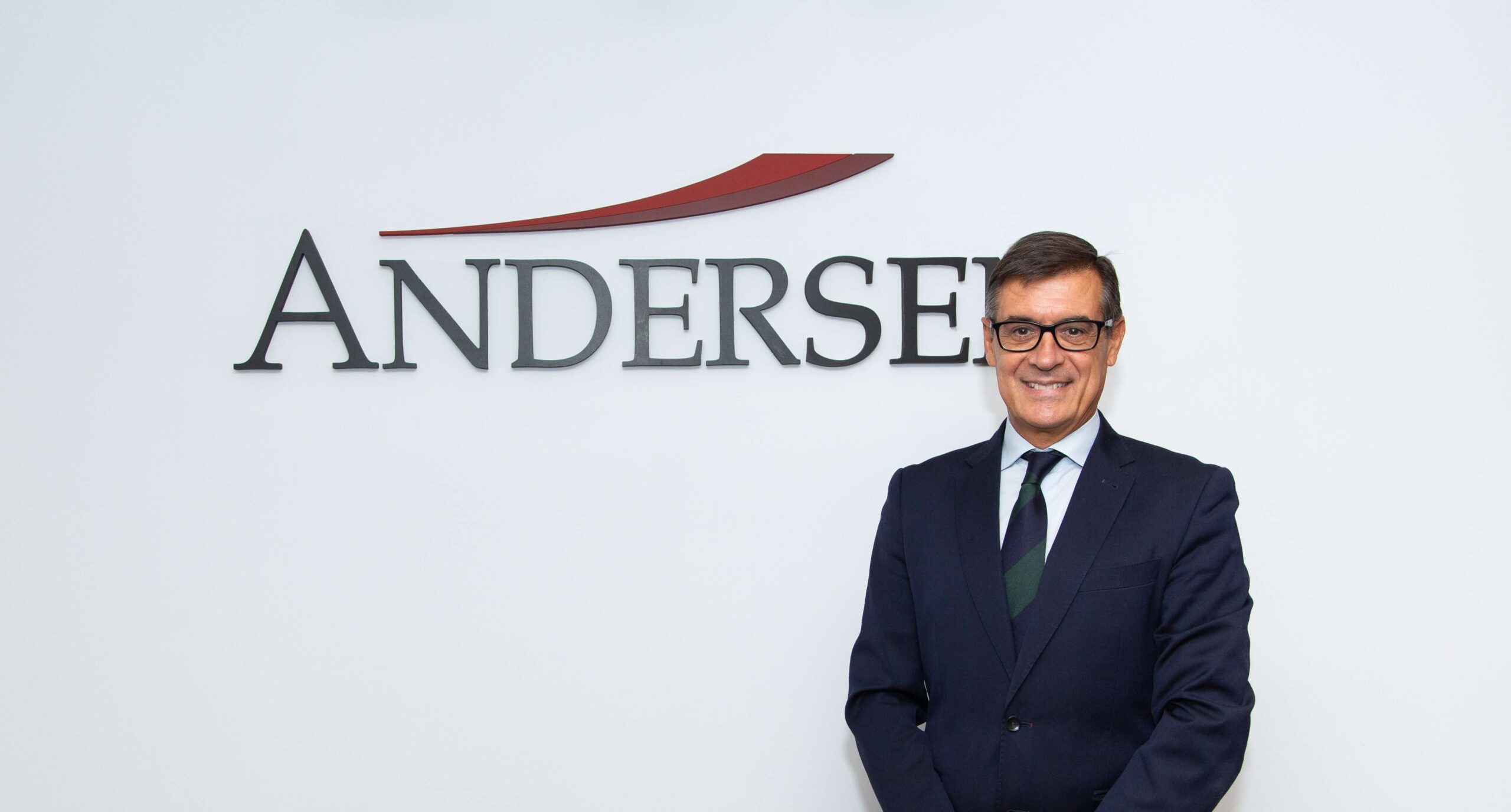Strategic alliances
Joint ventures have been a common element in many of the existing programs, with the difference that these agreements were in most cases one-off and for very specific actions and not "permanent". Accumulating points from another program or benefiting from a discount were the most common practices, but these alliances were almost always with brands that had a direct impact on the sector to which the original loyalty program belonged.
Today, these agreements are no longer an option but a necessity since, especially in some sectors, the customer demands complementary products that can be enjoyed at any time or place. We are in a "Moment of Moment" in which exciting and surprising is highly valued by customers.
An alliance with a third party is already considered a critical trend going forward and continues to be an excellent way to build brand awareness by partnering with other brands that have an audience with similar interests to your own audience. Strategic partnerships have several benefits. They can add excitement and change to a traditional loyalty program, especially after it has been active for a while and customers are used to the standard rewards offered. It's a creative way to mix up the rewards catalog or run unique campaigns. There are type examples, Uber Eats, a home delivery brand that has partnered with various brands and loyalty programs to reach new audiences and offer relevant benefits. The biggest challenge with strategic partnerships is, of course, finding the right partner. The offering must be in line with the program's brand to maintain the level of quality and not degrade its image. Also access to certain brands can help as leverage to reach partners of other ages: "Next-Gen".
Let's not forget that sometimes it is not necessary to create your own program but you can become an active part of an existing program, which will make in-house creation and development much less expensive. It would be an "out sourced" type of program.
2. Supporting ESG causes (Environmental, Social and Governance, which translates as environment, social and corporate governance).
ESG is a set of factors that measure a company's performance, commitment and impact on sustainability, ethics and good governance. This trend of connecting loyalty programs to support ESG can be considered a novelty as they have generally not been associated with each other in the past.

But the reality is that this new model has become part of everyday conversations and it is not surprising that it can also be incorporated into programs. Customers are demanding greater commitment from companies and are willing to make sacrifices that help them do their bit for these causes in the simplest of ways: recycling clothes in stores in exchange for a discount voucher (e.g. H&M), donating points to charities, using more environmentally friendly items. According to a recent Gartner study, 50.8% of companies have plans to reward responsible behavior.
3. Predictive analytics
This is a big trending topic for companies. Predictive analytics helps to better understand your different types of customers: how much are they spending, what is the value of the customer to the company, and how much are they spending. With this information we can start thinking about how to migrate them in value and decide which ones you are willing to spend more on. Predictive analytics also helps companies better understand what behaviors really drive high-value customers.
An example that is currently being put into practice is the case in which if a company sells different product categories/brands, and manages to sell category X, it is very likely that the same customer will also buy one of the three adjacent categories. With this information it will be possible to design an incentive within the loyalty program to drive that new purchase.
The analysis of the data generated through the loyalty program can help us when designing our customer journey, however, we must be cautious and prevent the customer from having a perception of control over his or her person that is too high.
Image by Freepik / Photo by Photo Boards on Unsplash






